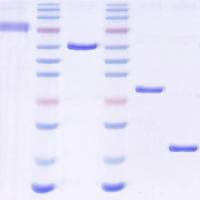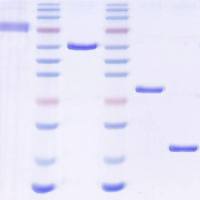Activation Tagging and Insertional Mutagenesis in Barley
互联网
619
The process of activation tagging in plants involves the random distribution of plant regulatory sequences throughout the genome. The insertion of a regulatory sequence in the vicinity of an endogenous gene can alter the transcriptional pattern of this gene resulting in a mutant phenotype that arises from excess functional gene product. Activation tagging has been undertaken extensively in a number of dicot plants and also in rice. This has been achieved primarily by high-throughput plant transformation using T-DNA sequences that encode regulatory elements. Apart from rice, most cereals do not have a suitably efficient transformation system for high-throughput transformation. In this article, we detail an activation tagging system in barley that exploits the mobility of the maize Ac /Ds transposable element system to distribute a highly expressed promoter throughout the barley genome. The advantage of this approach in this species is that a relatively small number of primary transgenics are required to generate an activation tagging population. Insertion of this transposable element into genes can also generate insertional inactivation mutants enabling both gene overexpression and gene knockout mutants to be identified in the same population.








